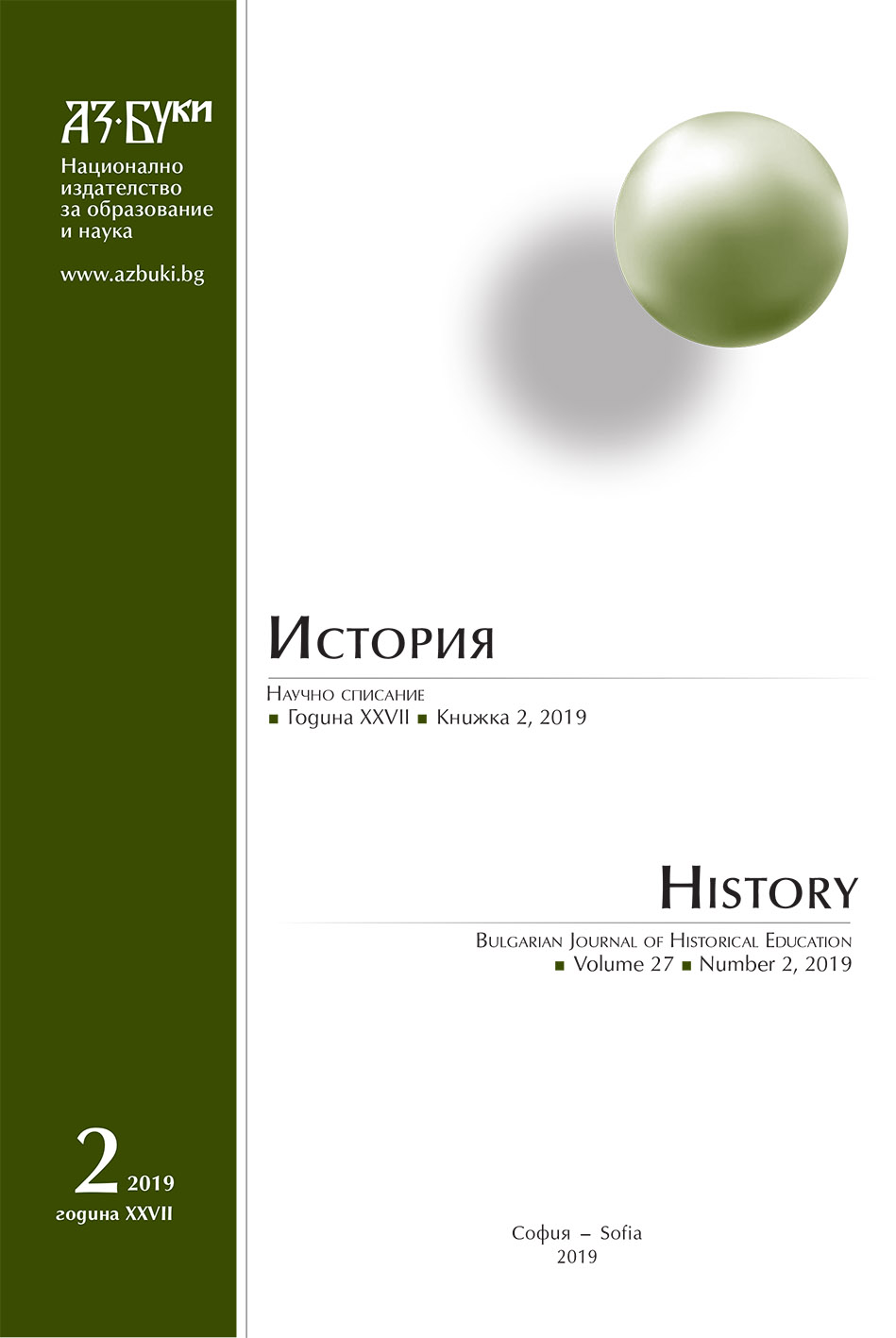
We kindly inform you that, as long as the subject affiliation of our 300.000+ articles is in progress, you might get unsufficient or no results on your third level or second level search. In this case, please broaden your search criteria.

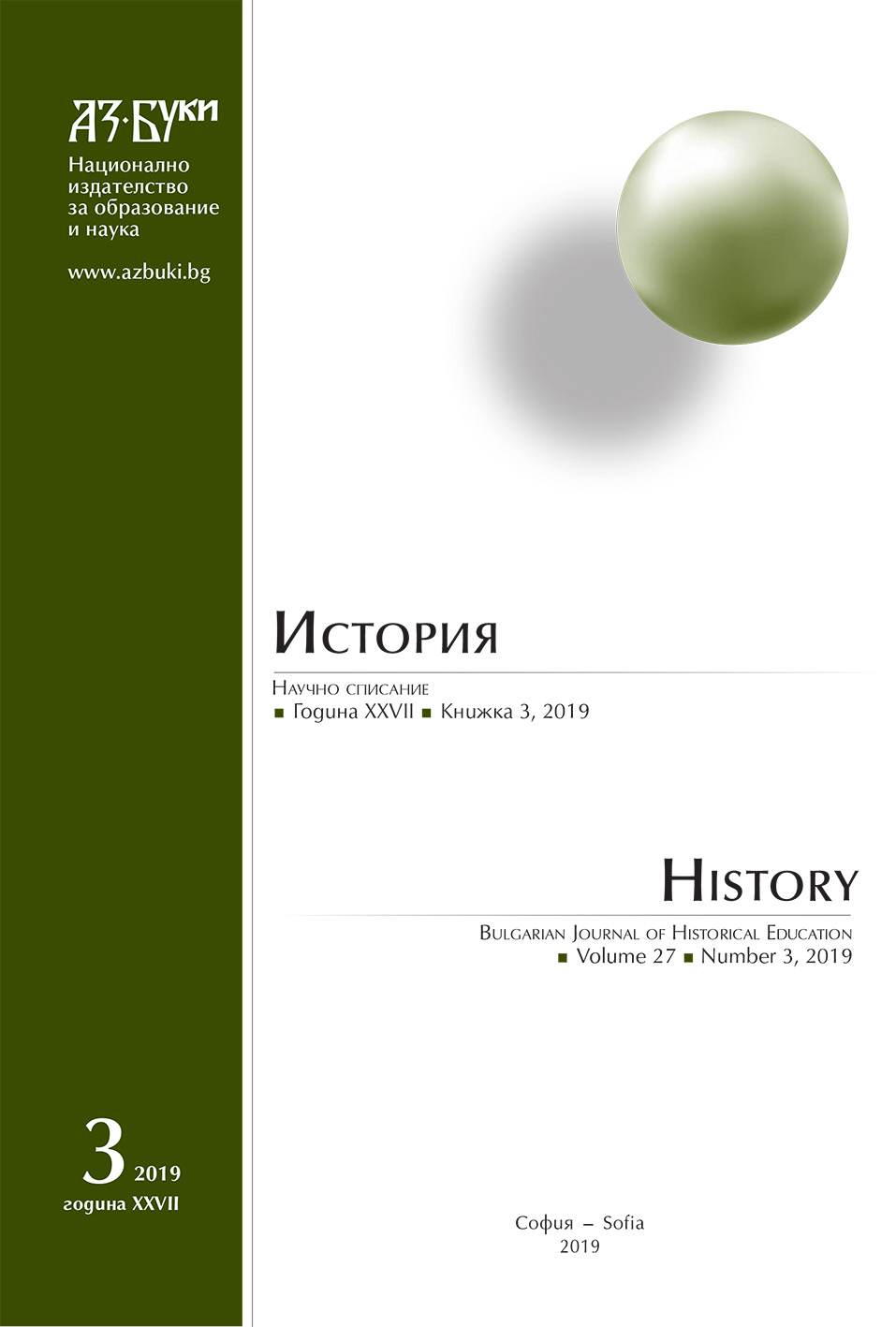
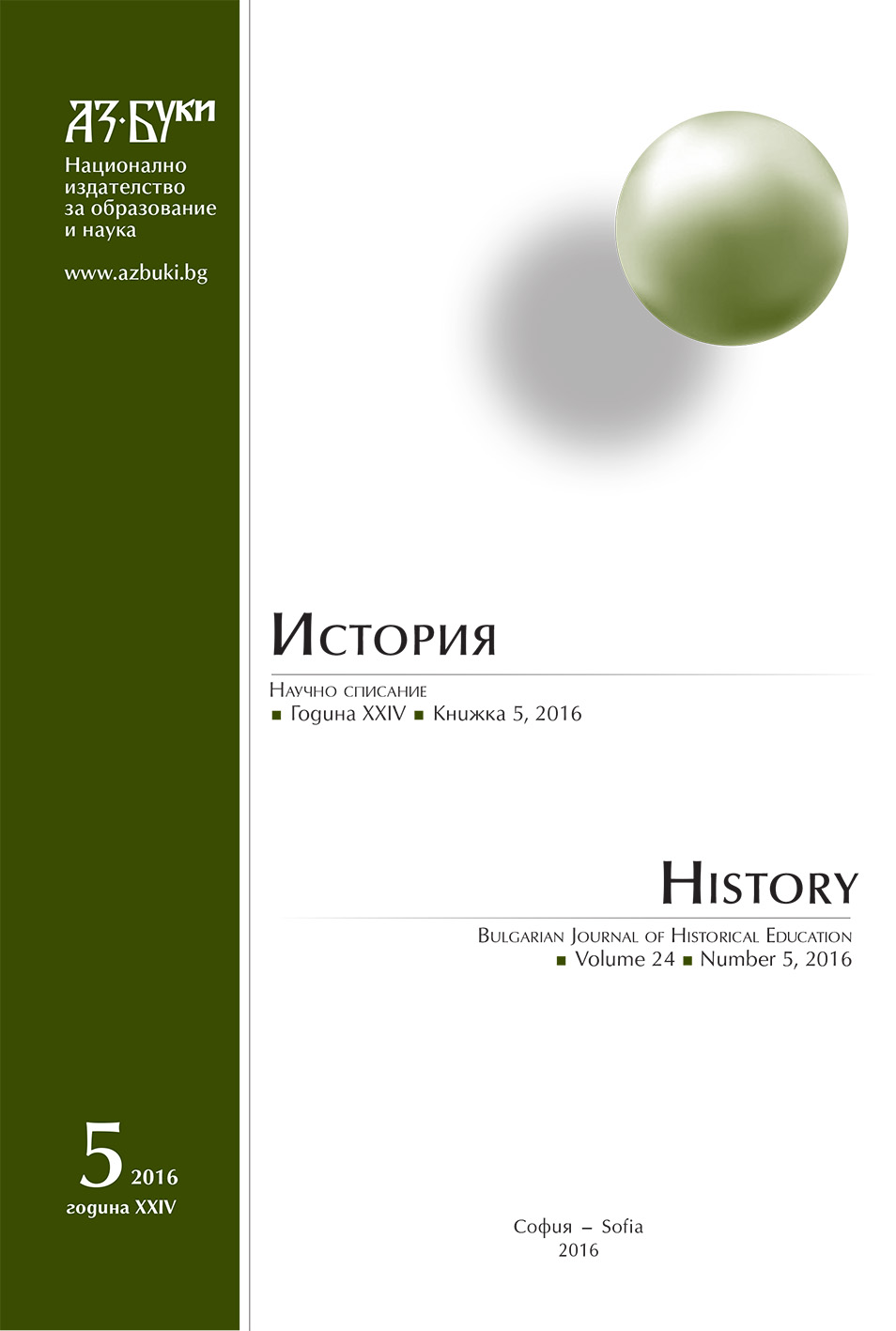

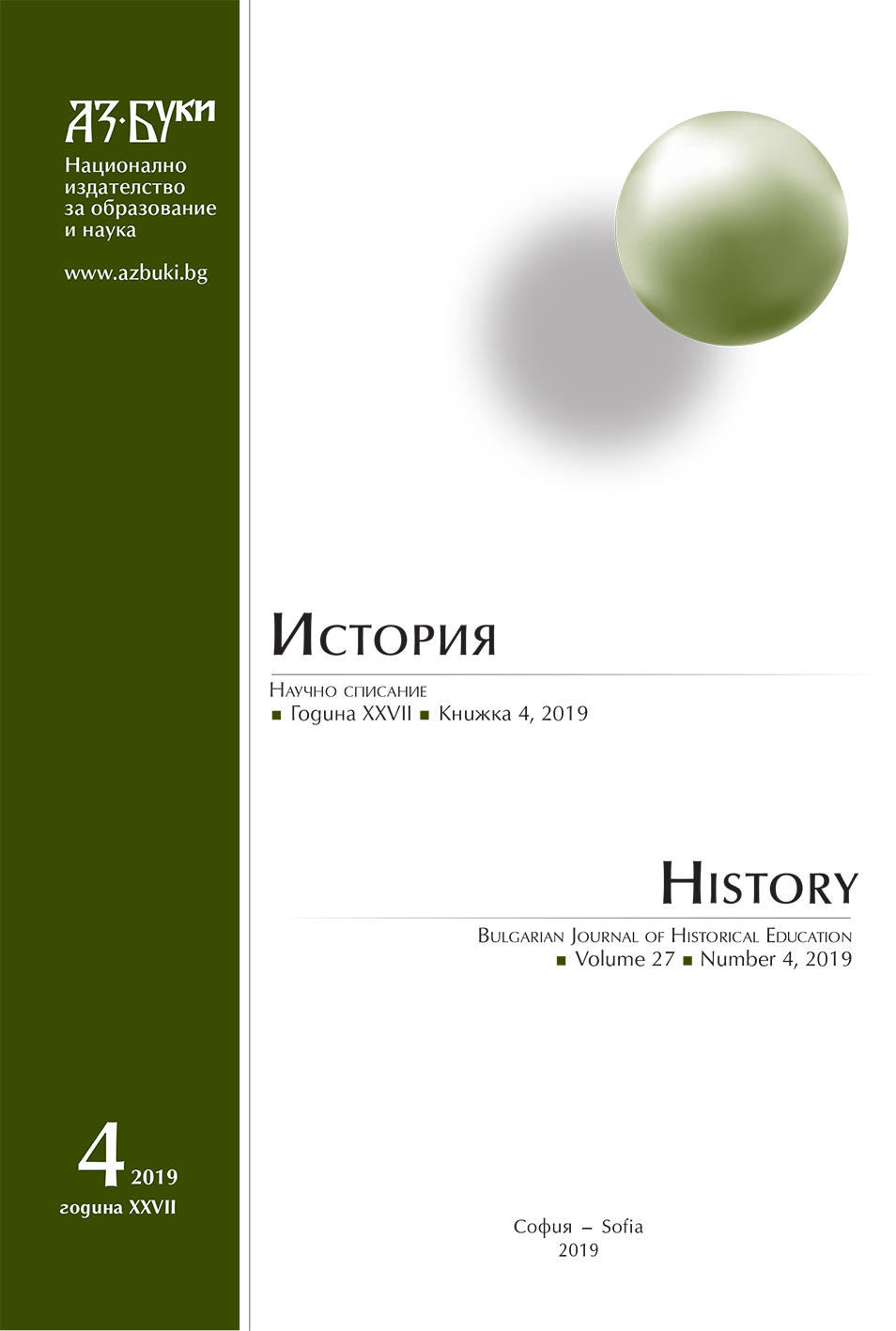
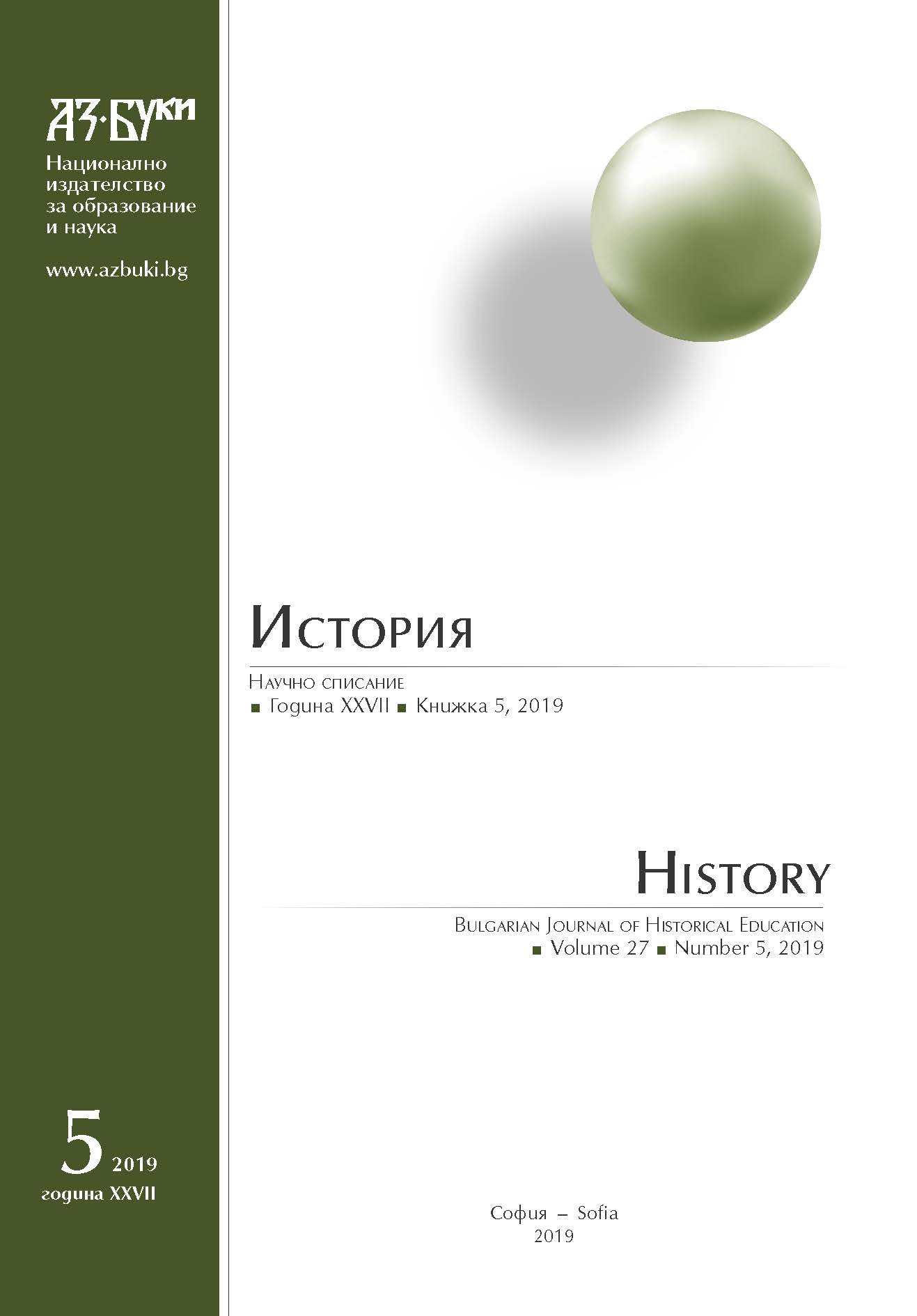

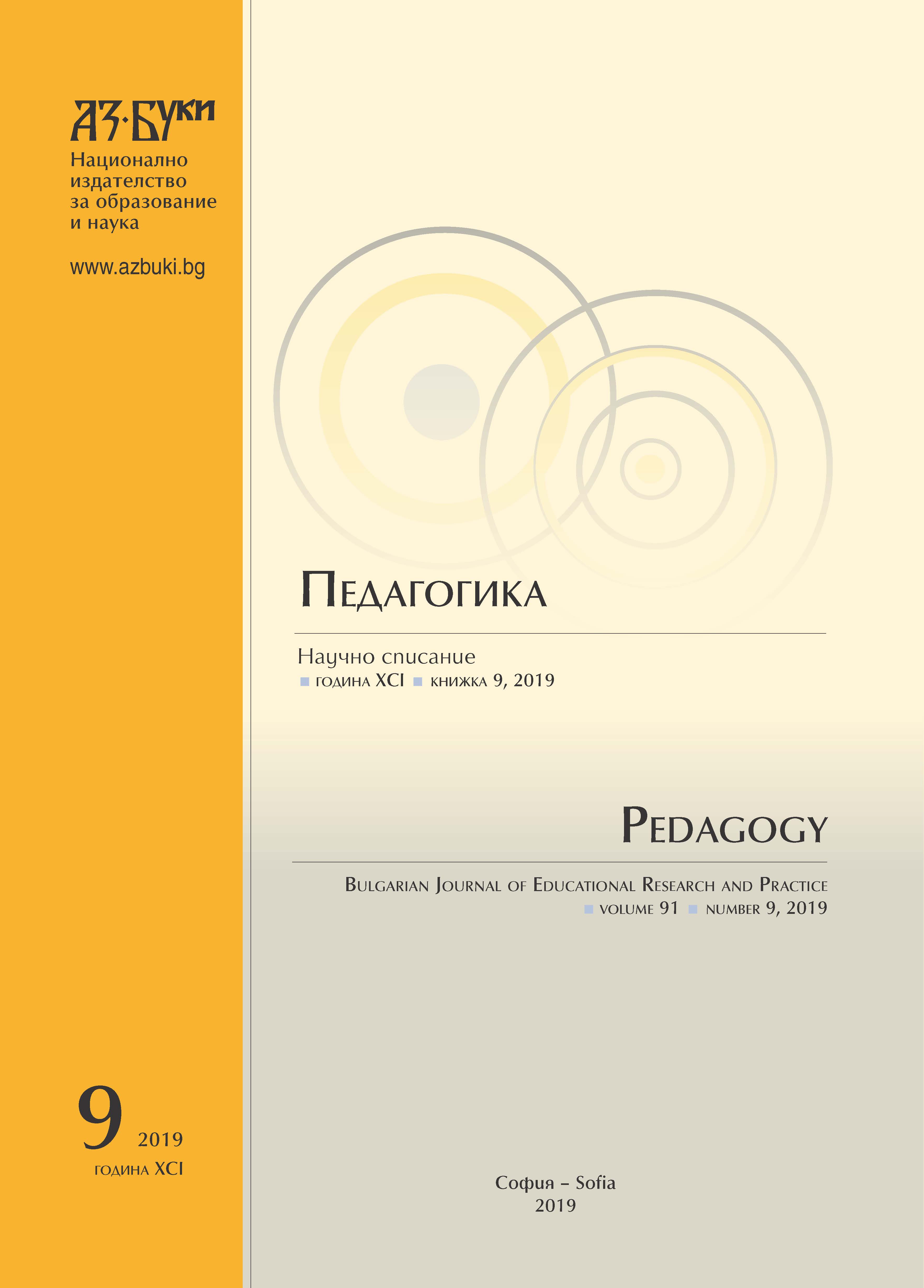
This paper focuses on the projections of synergetic school pedagogy on a meta-methodological and cultural perspective. The grounds and arguments for its application are the need for restructuring global society and multicultural identity of young people and children. The principles of methodological transformation of authentic cultural models, which are nationally and regionally defined, are proposed, but with the possibilities for youngsters to integrate their cultural understanding and diversity, and, together with that, to develop social competence. A particular methodological tool is presented – Christmas Luck Ancestral Calendar.
More...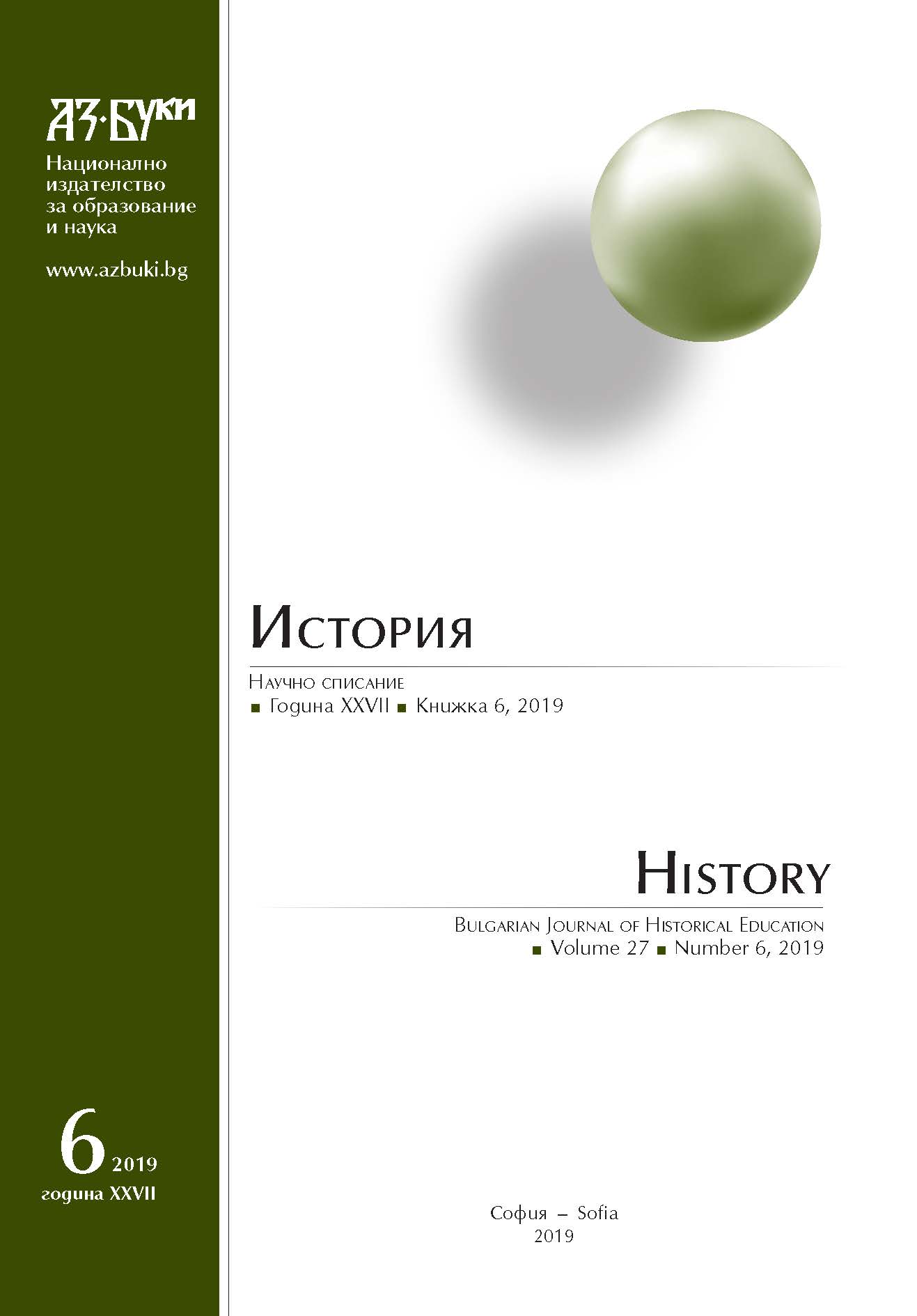
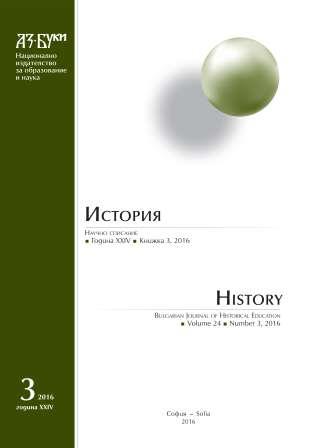
The article presents the activity of the so-called Bulgarian group in Moscow, founded by some Bulgarian students in the end of 50’s of XIX century. On the basis of available documents and biographical information about the Bulgarian students in Moscow are clarified the names of the persons-organizers of this group. According to the conducted analysis of the program, created by the group, on the basis of its activity and the thematically differentiating of the problems, placed in journal “Bratski trud”, published by the participants, two facts are conclude: 1) there is accordance between targets in the program and their implementation; 2) participants develop successful propaganda campaign in Russia.
More...
The article presents Industry Museum in Gabrovo as an example for innovations in contemporary museum space and museum conceptions. The historical perspective in town development is presented through the focus of industry. The author searches for wider conclusions about society development during different periods in the XX century. A new way for forming historical point of view was presented. The author stays on the conception that the contemporary museum must be cultural institution which creates cultural tendencies and cultural policies.
More...
The article examines the processes of the development of the Bulgarian communities in North America. The main focus is on the history and the current state of the Bulgarian organizations, schools, media contributing to the preservation of the Bulgarian culture and traditions overseas.
More...
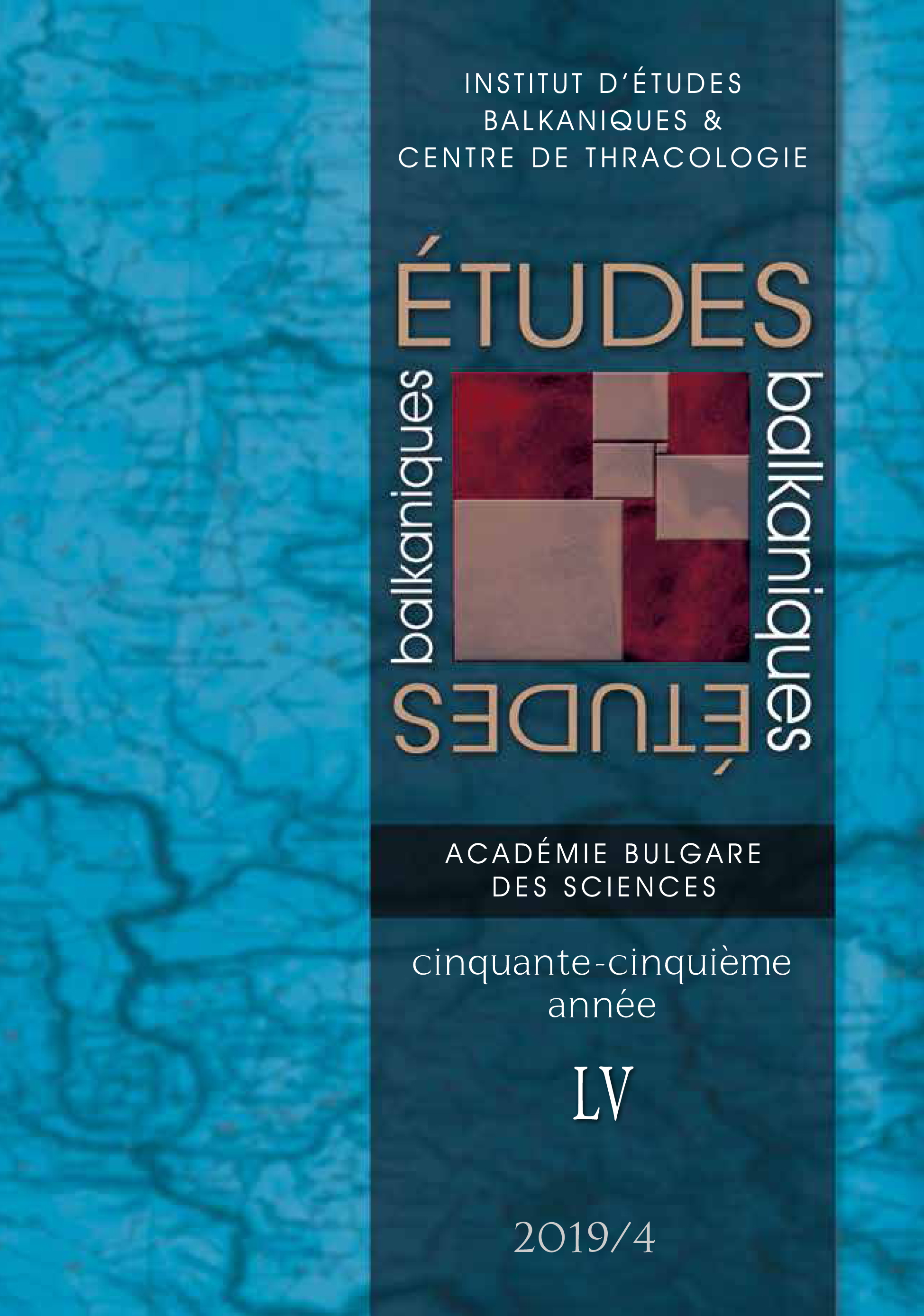
This article analyzes different social practices of denunciation of informality through the analysis of cinematic discourses in Eastern European societies. More precisely, two case studies have been chosen, the Romanian and the Bulgarian one, due to their shared communist past and due to the large protests against the corrupt elite and social injustice, that took place in both countries during the last decade. Therefore, we will discuss what type of references and representations of the communist past related to practices of corruption can be found in four recent Romanians and Bulgarian films. These Romanian (Cristi Puiu, Cigarettes and coffee, 2004; Alexandru Solomon, Kapitalism our improved formula, 2010) and Bulgarian (Kristina Grozeva, Petar Valchanov, Gloria, 2016; Vesela Kazakova, Mina Mileva, The Beast Is Still Alive, 2016) films that address corruption will be studied comparatively from a theoretical perspective situated at the intersection of pragmatic sociology and memory studies, in order to show the local specificity of this type of denunciation and the circulation of certain discourses.
More...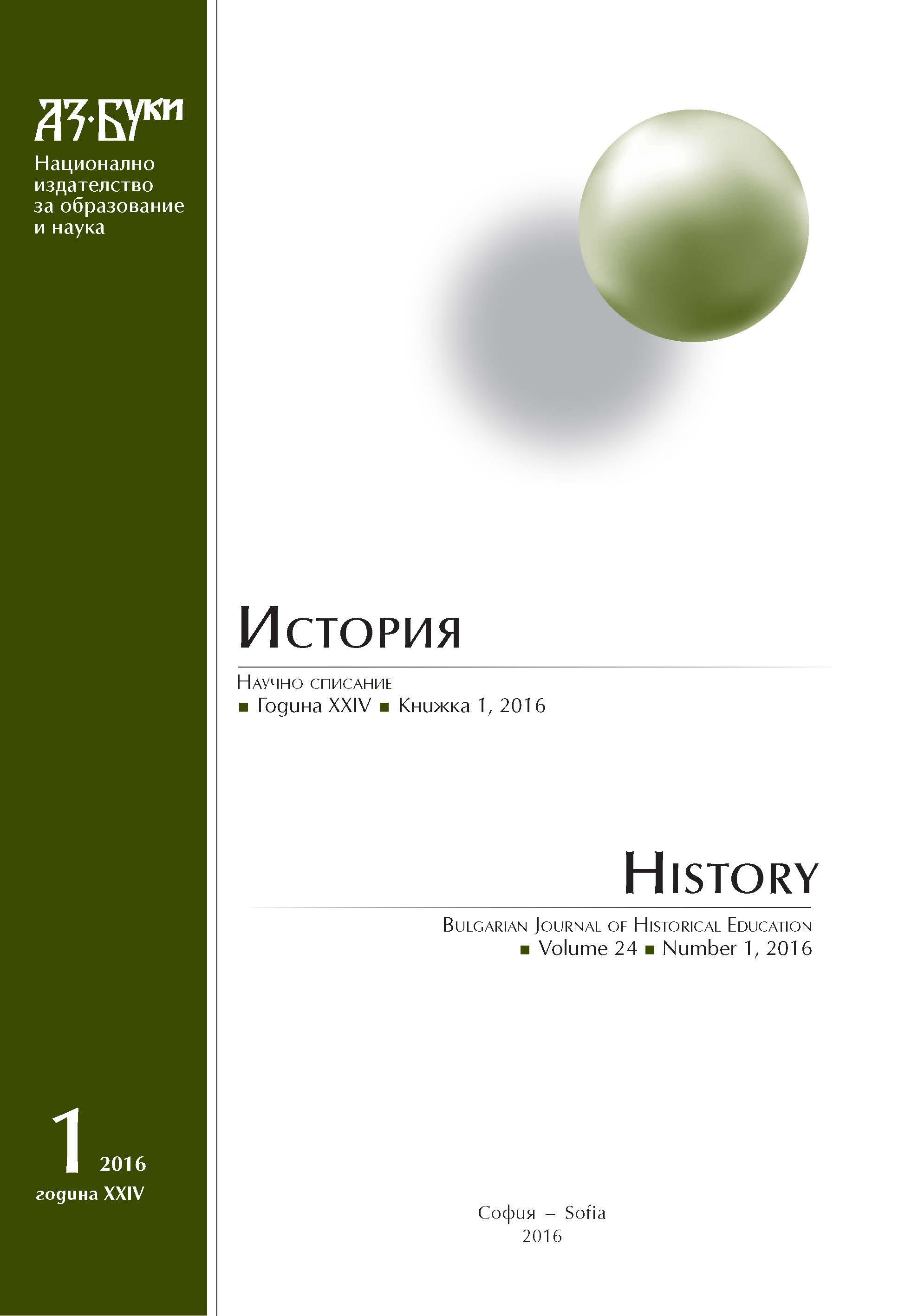
At the beginning of the 11th century, in the aftermath of the long rule of the Macedonian dynasty (867 – 1056), the Byzantine Empire was going through a political, cultural and economic upsurge. After winning victories over Bulgarians, Arabs, Georgians and Armenians the Empire extended its borders by consolidating many of its former territories. At that time city life in the Byzantine Empire was making headway at a scale unknown since late Antiquity. A century later some Norman adventurers, on pilgrimage to Monte Sant’ Angelo – Gargano, lent their swords in 1017 to the Lombard cities of Apulia against the Byzantines. From 1016 to 1030 the Normans were pure mercenaries, serving either Byzantine or Lombard. In the second half of 11th century their leaders joined in the organized attempt to wrest Apulia from the Byzantines, who had lost most of that province by 1040. Bari was captured by the Normans in April 1071, and Byzantine authority was finally terminated in Italy, five centuries after the conquest of Justinian I.
More...
The purpose of the current study is to examine Maurice’ Strategikon – its genre specifics and the way they affect the nature of the information regarding the state and social evolution of the various barbarous people scattered through the Eurasian Barbaricum. We will focus mainly on the differences and similarities in the images of the nomads – Turks and Avars, and the sedentary Sclavs, living both on the border regions of the Roman Empire. We shall distinguish the sustainable antique topoi form those specific and objective characteristics – resulting from the development of the Roman-Barbarian relations from the late fifth century, which formed the image of the other in the minds of the Romans through the Late Antiquity and the Early Middle Ages.
More...
This study aims to trace in detail the development of demographic and religious processes in the settlements along the river Vacha during the last quarter of the 15th century – 16th century using data from Ottoman registers.
More...
For many centuries, the Volga Bulgarians maintained close economic, cultural and religious ties with Muslim countries and especially with the peoples of Central Asia. Traditionally, relations between them were good and clashes were rare. But after the Battle of the Kalka River (1223), Mongolians turned against Volga Bulgaria. The first attack was repulsed, but after a long fight, Volga Bulgaria was conquered in 1236 by the Mongols and ceased to exist as an independent state.
More...
The article reveals main facts of the historical development of the Museum of Bulgarian book publishing (second half of 19th and early 20th century) founded in the city of Plovdiv by the end of 1960s. The permanent exhibition was inaugurated at 22nd of May 1975 in the house of the founder of our national typography – Hristo Gruev Danov (1828 – 1911). The key events, related to emergence and evolution of publishing business were shown in six exhibition halls, via artifacts, documents, pictures, etc. The old Revival house, in which the Museum was arranged, deserves a special attention. It combines the vision of a typical medieval tower and the artistry of а Renaissance edifice. Nowadays, the Museum of typography is a pleasing cultural topos located just to the entrance of the Old town and very close to the Orthodox cathedral. It attracts a lot of visitors, mainly Bulgarians, who are inspired by intellectual dignity of Revival period and by the personal magnetism of the popular originator of our national typography – Hristo Gruev Danov.
More...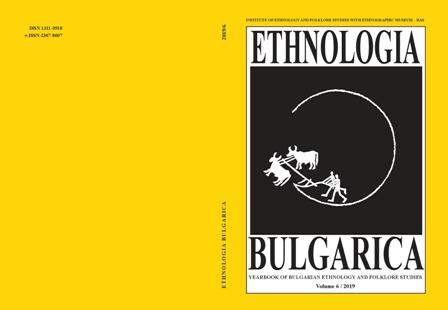
Tobacco City is a case which has attracted significant public attention; at the same time, it is also an example, which combines various discourses. In order to identify what distinguishes this case of industrial heritage from others, this article examines three examples, which in their geographical and historical aspects are appropriate for comparative research regarding the issues at hand. They are commensurable in reference to their size and the significance of their location for cultural and industrial traditions, as well as in the relative date of their establishment and their geographical and economic representativeness. The research questions that the study attempts to answer are analytical as well as completely practical, reflecting real management and political decisions. From an anthropological point of view, there are two problems; first, the correlation among various aspects of the project such as the site’s pore functionalization; the goal of reviving the space; attracting investments and the public; and updating the site’s use and access; and, secondly, the narrative, which the very space presupposes as heritage and the extent to which it should be preserved.
More...